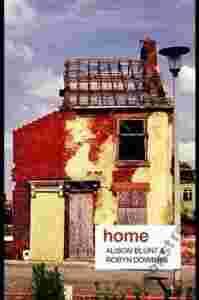|
'Home' is a significant geographical and social
concept. It is not only a three-dimensional structure, a
shelter, but it is also a matrix of social relations and
has wide symbolic and ideological meanings; home can be
feelings of belonging or of alienation; feelings of home
can be stretched across the world, connected to a nation
or attached to a house; the spaces and imaginaries of
home are central to the construction of people's
identities. An essential guide to studying home and
domesticity, this book locates 'home' within wider
traditions of thought. It analyzes different sources,
methods and examples in both historical and contemporary
contexts; ranging from homes on the American frontier
and imperial domesticity in British India, to Australian
suburbs, multicultural London, and South Asian diasporic
homes. The core argument of the book has three main
parts that cut across each of its chapters: home-making;
identity and belonging; and, homely and unhomely spaces.
Each chapter includes text boxes and exercises and is
well illustrated with cartoons, line drawings, and
photographs.Outlining the social relations shaping (and
being influenced by) the geographies of home, and the
imaginative as well as material importance of home, this
book will be a valuable reference for students of
geography, sociology, gender studies, and those
interested in the home and domesticity. |
|

